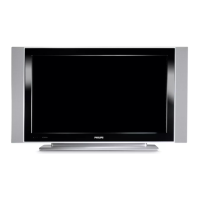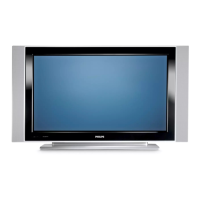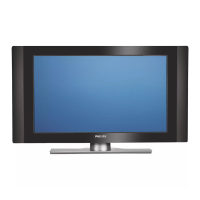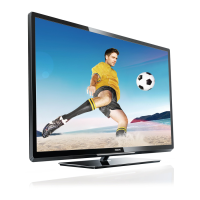What to do if my Philips TV has no picture?
- RRuth ConleyAug 19, 2025
If your Philips TV shows no picture, ensure that the euroconnector cables or aerial sockets are correctly connected. Also, verify that the correct source is selected by pressing the Source button and choosing the appropriate input.






